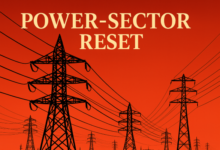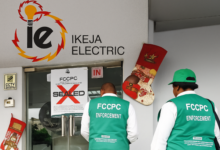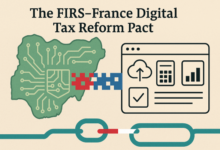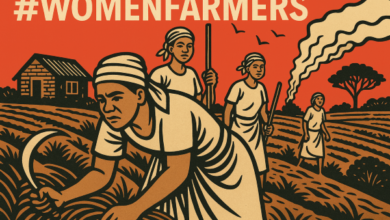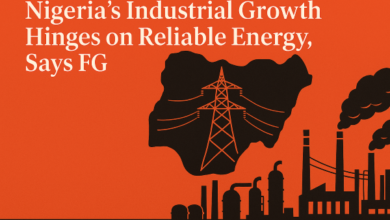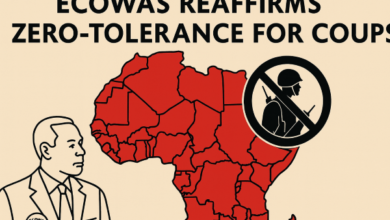Court strikes out suit challenging INEC’s ‘No PVC, No Voting’ stance
 The Federal High Court Abuja on Tuesday struck out a suit seeking to compel INEC to allow the use of Temporary Voter Cards or Voter Identification Numbers at the 2023 general elections.
The Federal High Court Abuja on Tuesday struck out a suit seeking to compel INEC to allow the use of Temporary Voter Cards or Voter Identification Numbers at the 2023 general elections.
The Incorporated Trustees of the International Society for Civil Liberties and Rule of Law had dragged INEC to court seeking an order to compel it to allow voting without the Permanent Voter Cards, (PVC).
It was led by Mr. Emmanuel Chukwuka and Mr. Bruno Okeahialam.
The plaintiffs filed the suit in December 2022 alleging that if the court did not intervene, about 29 million registered voters would be disenfranchised at the 2023 general elections.
The plaintiffs asked the court to determine whether INEC could, as a consequence of its own contraption, disenfranchise or deprive Nigerians of the right or opportunity to vote at the forthcoming general elections.
This, they said was having regards to the true intention of Section 47(1) of the Electoral Act 2022.
In the suit marked FHC/ABJ/CS/2022, the plaintiffs asked the court to declare that, having been duly registered, owners of the uncollected PVCs should be able to vote.
The plaintiff’s counsel, Mr Max Uzoaka prayed the court to declare that those registered with INEC as voters and whose names were contained in the voters register should not be deprived the right to vote.
“Having been registered and listed in INEC’s register of voters and electronic database of registered voters, we and the persons we represent in the suit are entitled to vote at the general elections,’’ Uzoaka argued.
The lawyer said that INEC’s concept of “no PVC, no vote’’ would deprive eligible voters whose PVCs were burnt during attacks on INEC’s offices the opportunity to vote during the elections.
He submitted that the Bimodal Voter Accreditation System, BVAS, was designed to read details of registered voters without PVCs since the Voter Identification Number (VIN) was captured on INEC’s database.
In his counter-argument, Mr Abdulaziz Sani (SAN), counsel to INEC, prayed the court to decline jurisdiction on the matter on the grounds that INEC had extended the deadline for collection of PVCs.
He also told the court that the plaintiff’s claim that the last six digits of the VIN could be captured by BVAS was a mysterious submission saying he was hearing it for the first time.
Delivering judgment, Justice Binta Nyako held that the suit was inchoate.
The judge reasoned that it was a “Catch-22’’ situation as on the one hand, INEC was begging registered voters to take delivery of their PVCs.
On the other hand affected potential voters were claiming that their PVCs were not available for collection.
The News Agency of Nigeria, (NAN) reports that a Catch-22 is a seemingly absurd situation from which an individual cannot escape because of contradictory rules or limitations.
“Unless you give me a list of uncollected PVCs and a list of those who have registered but have not gotten their PVCs then I can make a decision; if not, it remains a dicey situation,’’ the judge ruled.
She maintained that the suit amounted to an academic exercise since INEC had extended the date for registered voters to collect their PVCs and the exercise was still on-going.
Justice Nyako also held that the Electoral Act provided for INEC to deploy any technological device for the election and that INEC still had time to deploy the technological device to ensure that all eligible voters were able to vote.
She, however, said that she would not dismiss the suit, but only strike it out to allow the plaintiffs to re-file it if they had fresh and sufficient evidence.
“If INEC concludes the distribution of the PVCs it has and you still have this 29 million voters you are representing who haven’t collected theirs, then bring back the suit,’’ the judge ruled.
NAN reports that when a suit is dismissed it dies a natural death and cannot be re-filed, but where a suit is struck out, it can be re-filed.
Ozoaka later told newsmen that his clients might appeal against the ruling.


